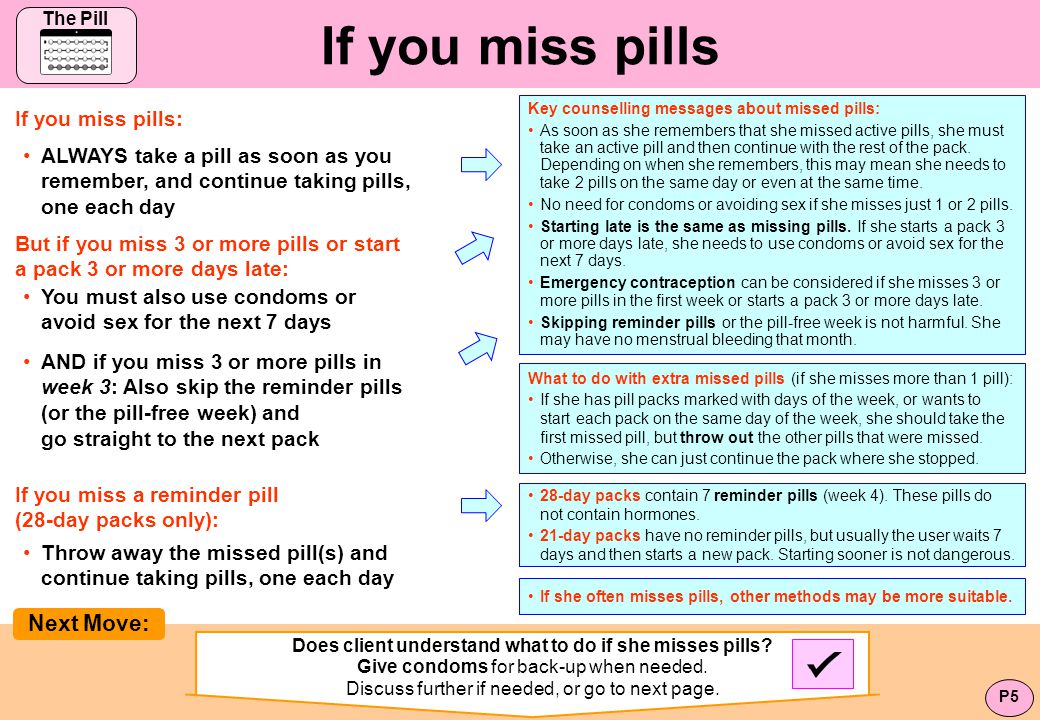6 Tips To Commence Out Constructing A Sex Videolari You Always Wished
 I confirmed this with my Turing dialogue instance in which GPT-3 fails poorly on the arithmetic sans commas & low temperature, but usually will get it specifically correct with commas.16 (Why? More created textual content could use commas when creating out implicit or explicit arithmetic, of course, but use of commas may also dramatically lessen the quantity of exclusive BPEs as only 1-3 digit figures will surface, with reliable BPE encoding, instead of acquiring encodings which differ unpredictably more than a considerably bigger range.) I also notice that GPT-3 improves on anagrams if supplied space-divided letters, despite the reality that this encoding is 3× bigger. Thus considerably, the BPE encoding appears to sabotage performance on rhyming, alliteration, punning, anagrams or permutations or ROT13 encodings, acrostics, arithmetic, and Melanie Mitchell’s Copycat-design and style letter analogies (GPT-3 fails without the need of spaces on "abc : abcd :: ijk : ijl" but succeeds when area-separated, whilst it does not remedy all letter analogies and could or may well not make improvements to with priming employing Mitchell’s very own write-up as the prompt examine with a 5-12 months-old kid). 17 For illustration, think about puns: BPEs suggest that GPT-3 can’t master puns for the reason that it doesn’t see the phonetic or spelling that drives verbal humor in dropping down to a reduced degree of abstraction & then again up but the training facts will nonetheless be crammed with verbal humor-so what does GPT-3 discover from all that?
I confirmed this with my Turing dialogue instance in which GPT-3 fails poorly on the arithmetic sans commas & low temperature, but usually will get it specifically correct with commas.16 (Why? More created textual content could use commas when creating out implicit or explicit arithmetic, of course, but use of commas may also dramatically lessen the quantity of exclusive BPEs as only 1-3 digit figures will surface, with reliable BPE encoding, instead of acquiring encodings which differ unpredictably more than a considerably bigger range.) I also notice that GPT-3 improves on anagrams if supplied space-divided letters, despite the reality that this encoding is 3× bigger. Thus considerably, the BPE encoding appears to sabotage performance on rhyming, alliteration, punning, anagrams or permutations or ROT13 encodings, acrostics, arithmetic, and Melanie Mitchell’s Copycat-design and style letter analogies (GPT-3 fails without the need of spaces on "abc : abcd :: ijk : ijl" but succeeds when area-separated, whilst it does not remedy all letter analogies and could or may well not make improvements to with priming employing Mitchell’s very own write-up as the prompt examine with a 5-12 months-old kid). 17 For illustration, think about puns: BPEs suggest that GPT-3 can’t master puns for the reason that it doesn’t see the phonetic or spelling that drives verbal humor in dropping down to a reduced degree of abstraction & then again up but the training facts will nonetheless be crammed with verbal humor-so what does GPT-3 discover from all that?
 .95 and largely forget about about it until a person suspects that it’s breaking responses like top-k and it desires to be a great deal reduced, like .5 it is there to minimize off the tail of gibberish completions and cut down repetition, so doesn’t have an affect on the creativeness far too much. One specially manipulates the temperature environment to bias in direction of wilder or a lot more predictable completions for fiction, exactly where creativity is paramount, it is greatest set significant, perhaps as large as 1, but if one particular is hoping to extract factors which can be correct or erroneous, like question-answering, it is far better to set it reduced to make certain it prefers the most probable completion. Does it "get it" as the completion goes on? I really don't use logprobs substantially but I normally use them in 1 of three strategies: I use them to see if the prompt ‘looks weird’ to GPT-3 to see exactly where in a completion it ‘goes off the rails’ (suggesting the need to have for lower temperatures/topp or higher BO) and to peek at achievable completions to see how unsure it is about the correct respond to-a very good illustration of that is Arram Sabeti’s uncertainty prompts investigation where by the logprobs of each individual doable completion provides you an concept of how properly the uncertainty prompts are doing the job in obtaining GPT-3 to place excess weight on the suitable solution, or in my parity investigation wherever I observed that the logprobs of vs 1 have been pretty much particularly 50:50 no matter how several samples I added, exhibiting no trace whatsoever of several-shot studying happening.
.95 and largely forget about about it until a person suspects that it’s breaking responses like top-k and it desires to be a great deal reduced, like .5 it is there to minimize off the tail of gibberish completions and cut down repetition, so doesn’t have an affect on the creativeness far too much. One specially manipulates the temperature environment to bias in direction of wilder or a lot more predictable completions for fiction, exactly where creativity is paramount, it is greatest set significant, perhaps as large as 1, but if one particular is hoping to extract factors which can be correct or erroneous, like question-answering, it is far better to set it reduced to make certain it prefers the most probable completion. Does it "get it" as the completion goes on? I really don't use logprobs substantially but I normally use them in 1 of three strategies: I use them to see if the prompt ‘looks weird’ to GPT-3 to see exactly where in a completion it ‘goes off the rails’ (suggesting the need to have for lower temperatures/topp or higher BO) and to peek at achievable completions to see how unsure it is about the correct respond to-a very good illustration of that is Arram Sabeti’s uncertainty prompts investigation where by the logprobs of each individual doable completion provides you an concept of how properly the uncertainty prompts are doing the job in obtaining GPT-3 to place excess weight on the suitable solution, or in my parity investigation wherever I observed that the logprobs of vs 1 have been pretty much particularly 50:50 no matter how several samples I added, exhibiting no trace whatsoever of several-shot studying happening.
There are similar difficulties in neural equipment translation: analytic languages, which use a reasonably tiny quantity of one of a kind words, are not far too terribly harmed by forcing textual content to be encoded into a preset amount of words and phrases, because the order matters additional than what letters every phrase is designed of the lack of letters can be created up for by memorization & brute pressure. Likewise, acrostic poems just really do not work if we enter them commonly, but they do if we diligently expose the related specific letters. DutytoDevelop on the OA community forums observes that rephrasing quantities in math troubles as prepared-out text like "two-hundred and one" seems to raise algebra/arithmetic functionality, and Matt Brockman has noticed far more rigorously by tests 1000's of examples more than numerous orders of magnitude, that GPT-3’s arithmetic capability-remarkably lousy, given we know considerably scaled-down Transformers operate very well in math domains (eg. 2000-it generates traces with way too-lengthy syllables, which hardly ever rhyme, frequently appear incoherent, and when it does be successful it has only memorized training illustrations.
Nostalgebraist talked over the excessive weirdness of BPEs and how they improve chaotically based mostly on whitespace, capitalization, and context for GPT-2, with a followup write-up for GPT-3 on the even weirder encoding of quantities sans commas.15 I read through Nostalgebraist’s at the time, but I did not know if that was genuinely an difficulty for GPT-2, for the reason that problems like deficiency of rhyming may just be GPT-2 being stupid, as it was alternatively stupid in a lot of means, and illustrations like the spaceless GPT-2-new music product have been ambiguous I retained it in thoughts whilst assessing GPT-3, even so. My rule of thumb when dealing with GPT-3 is that if it is messing up, next page the faults are normally attributable to a person of four difficulties: far too-shorter context windows, insufficient prompt engineering, BPE encoding generating GPT-3 ‘blind’ to what it needs to see to realize & remedy a challenge, or noisy sampling sabotaging GPT-3’s makes an attempt to show what it knows. Possibly BO is much far more useful for nonfiction/information-processing tasks, exactly where there is 1 suitable respond to and BO can help get over mistakes introduced by sampling or myopia.